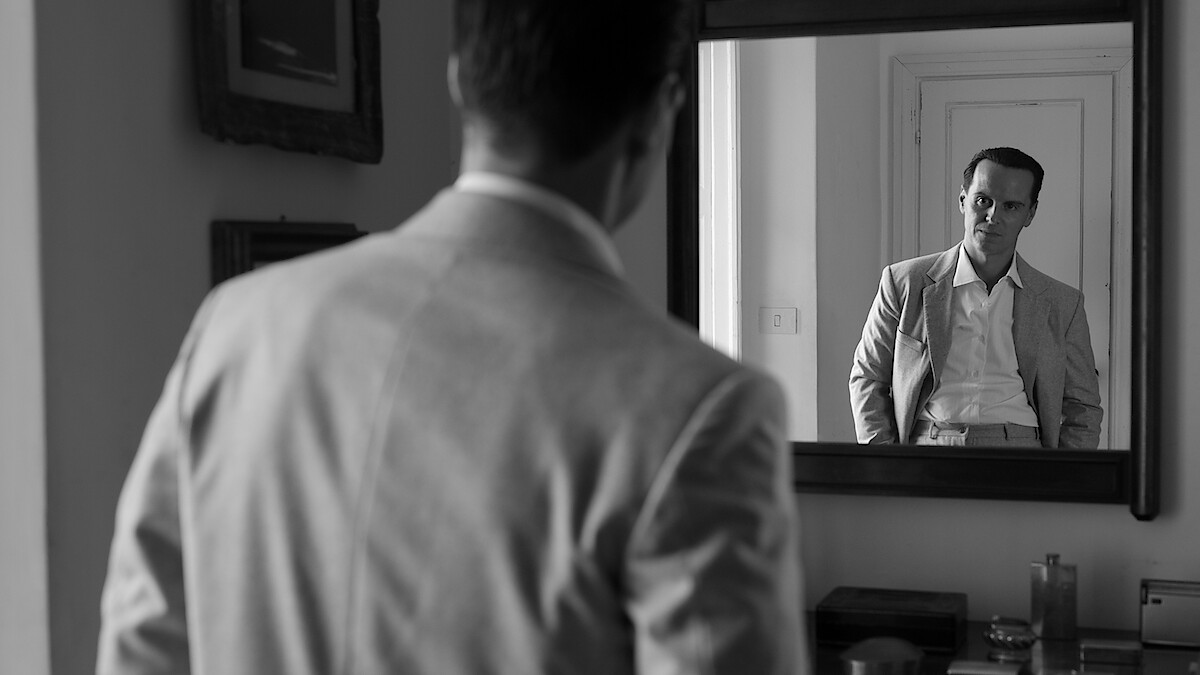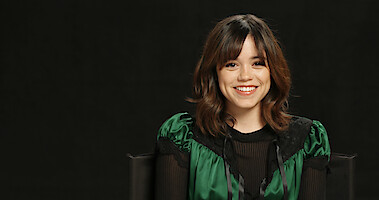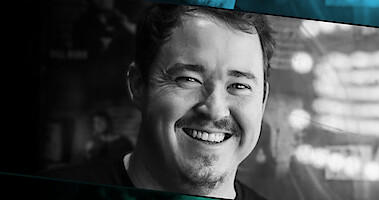





Tom Ripley is a master of reinvention, but his considerable skills can only take him so far. At the end of Ripley, the walls are closing in on Andrew Scott’s dapper con artist, and Italian police are desperately tracking the man they suspect of murdering two people — Freddie Miles (Eliot Sumner) and Ripley himself. This gives Ripley, who’s been posing as Dickie Greenleaf (Johnny Flynn), the perfect escape hatch. Because it’s Dickie the police suspect of murder — and Dickie whose identity (and bank account) Ripley has been using — Ripley can return to a safe harbor: his own name and passport.
“People have a lot of preconceptions about Tom Ripley,” Scott told Netflix of the infamous antihero created by Patricia Highsmith in her 1955 novel The Talented Mr. Ripley. “So it’s my job, I suppose in some ways, to ignore all that and try to create our own particular version of it.” It’s a job similar to Tom Ripley’s, piecing together an identity from the fragments he steals along the way. Read on for a guide to Tom’s budding identity — and the fates of his victims.
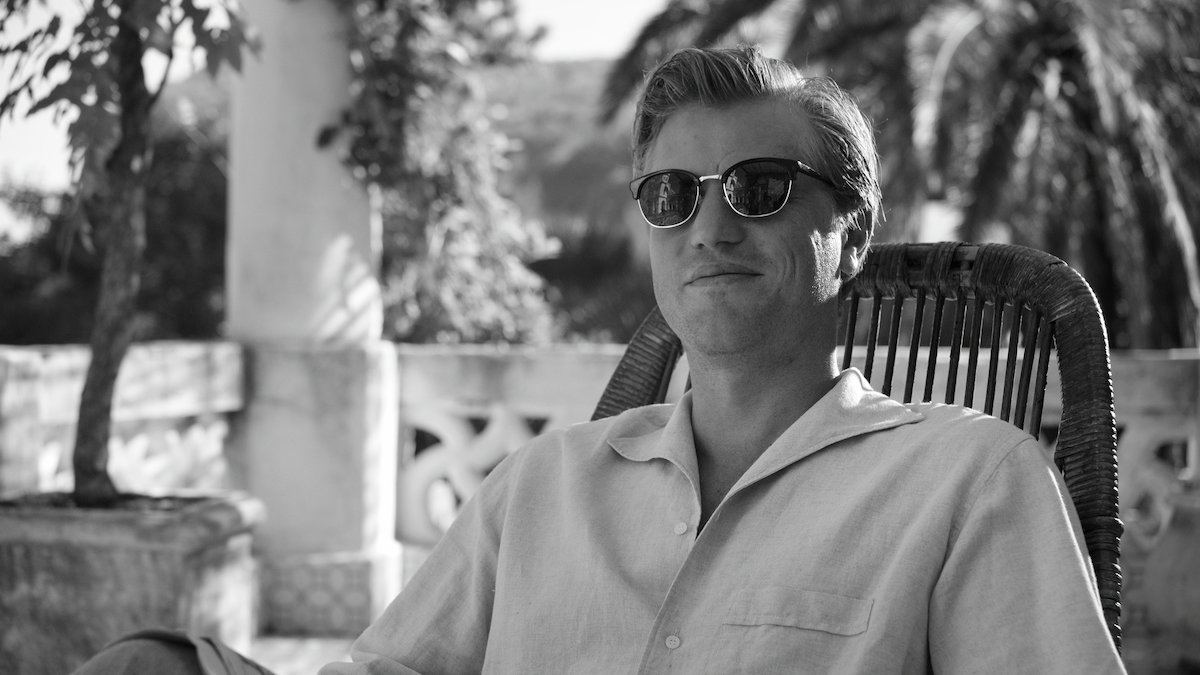
Tom heads to Italy at the behest of Dickie’s father (Kenneth Lonergan), who hires him to convince Dickie to come home from his extended Italian vacation. Tom doesn’t have much luck; the American expat is perfectly happy painting away in the village of Atrani, where he lives with his writer girlfriend, Marge Sherwood (Dakota Fanning). But Tom finds his way into Dickie’s good graces in an uncharacteristic manner: He tells the truth, throwing Dickie’s father under the bus and admitting what he’s been paid to do.
For Dickie, that’s enough to accept Tom into his inner circle. “[Dickie]’s hiding out in Italy, he’s doing a kind of Hemingway or a Gertrude Stein or whatever and trying to re-create himself as a bohemian artist out there,” Flynn tells Tudum. “He’s embarrassed about what he is, which is nouveau riche.” So the idea of befriending his father’s employee and putting one over on his old man is a laugh for Dickie — until Tom gets a little too invested in the relationship.
“I think he loves Dickie,” Scott said. But “it’s not really specified as to what the nature of that love necessarily is from Tom’s point of view.” Scott relished the undefined nature of the relationship. “I think it’s very important with Tom to understand that he’s not somebody who can be labeled,” he said. “I think that’s very important that we don’t find a little box to put him in.”
For Flynn, Tom’s feelings were clearer. “Tom comes in and has these ideas about the depth of their friendship versus the connection that Dickie and Marge have,” Flynn says. “He wants something more. He wants to be him, and he doesn’t know what to do with that.”
When Dickie catches Tom wearing his clothes, the blush starts to come off of the pair’s relationship. Soon Tom has been disinvited from Marge and Dickie’s Christmas plans and not so subtly pushed out of their lives. A final getaway to Sanremo ends in heartbreak and blood, as Tom bludgeons Dickie to death on a boat ride and unceremoniously buries him at sea. Whatever they were to each other — friends, roommates, something more — it’s over.
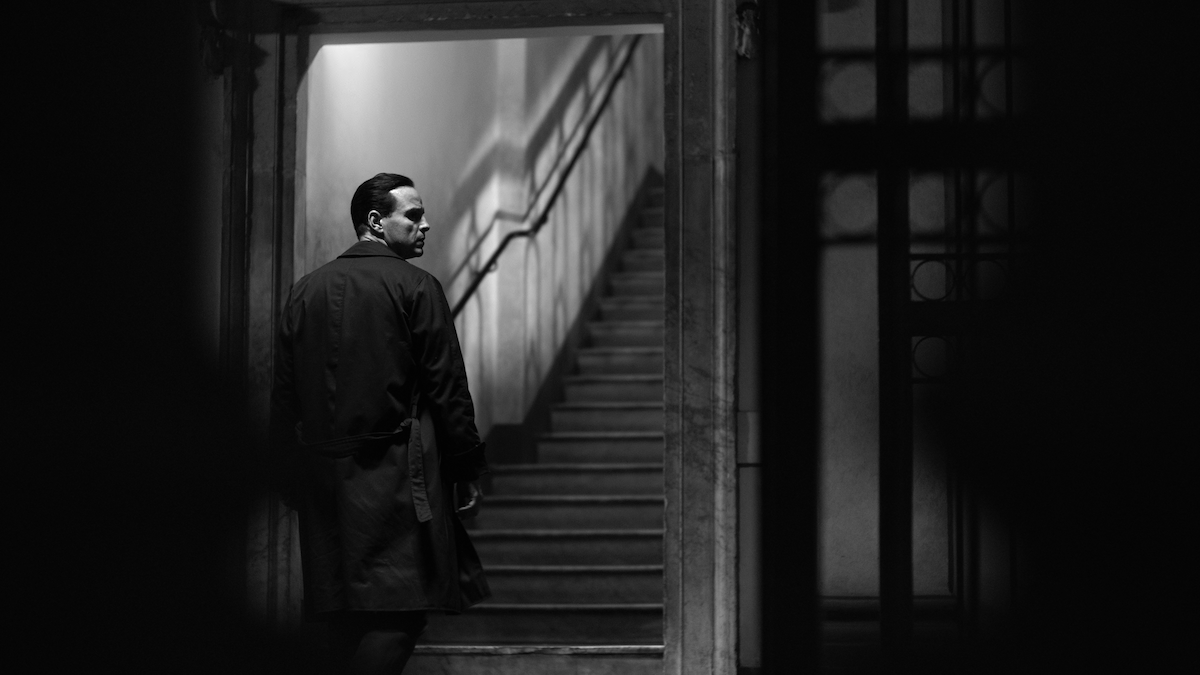
By the time the credits roll on Episode 8 (“Narcissus”), Tom has racked up a body count of two: Dickie and Freddie Miles, a friend of Dickie’s who got a little too suspicious of Tom. That’s on top of the many financial crimes (cashing Dickie’s checks, selling his property, running small-scale scams back in New York) and moral trespasses (breaking Marge’s heart, lying constantly) that Tom commits. But, having adopted Dickie’s identity after their ill-fated boat ride, Tom is pursued by the Italian police for the one crime he didn’t commit — his own murder. So he goes back to basics, moving to Venice from Rome and flipping back to using his real passport and name.
“[Tom]’s a con man and he’s a liar, and he’s clever and he’s a criminal,” Ripley creator and writer-director Steven Zaillian tells Tudum. “But I also feel that we relate to him because a lot of his traits are traits that we have. He has aspirations, he feels envy, he has pride, he desires things.” The last thing the ever-evolving Tom wants is to be himself, but creating a wealthy new version of himself in Italy isn’t too bad.
In Venice, Tom turns himself in to the police, feigning surprise at the idea that he’s a person of interest in a murder case. When Inspector Ravini (Maurizio Lombardi) arrives, Tom throws on a wig and fake beard and carefully arranges the lighting in his apartment to deceive the inspector. With the authorities convinced that Tom is alive, he then convinces Dickie’s father and Marge that Dickie killed himself, leaving Tom home free in Italy.
Well, mostly. In a final button, the series returns to Inspector Ravini’s office, where he receives a copy of Marge’s new book, My Atrani. Upon examining the dedication to Dickie, Ravini discovers an unsettling surprise: The photo of Dickie in the book is obviously not the Dickie he interrogated on multiple occasions.
“I kind of fell in love with this inspector as I was writing it,” says Zaillian. “And when we were shooting it, I think Maurizio was so great [that] I felt, ‘Oh, it’d be really nice to just have one final moment with him and his involvement with Tom.’ ”
So Tom lives to con another day — but he’ll always have to keep looking over his shoulder.
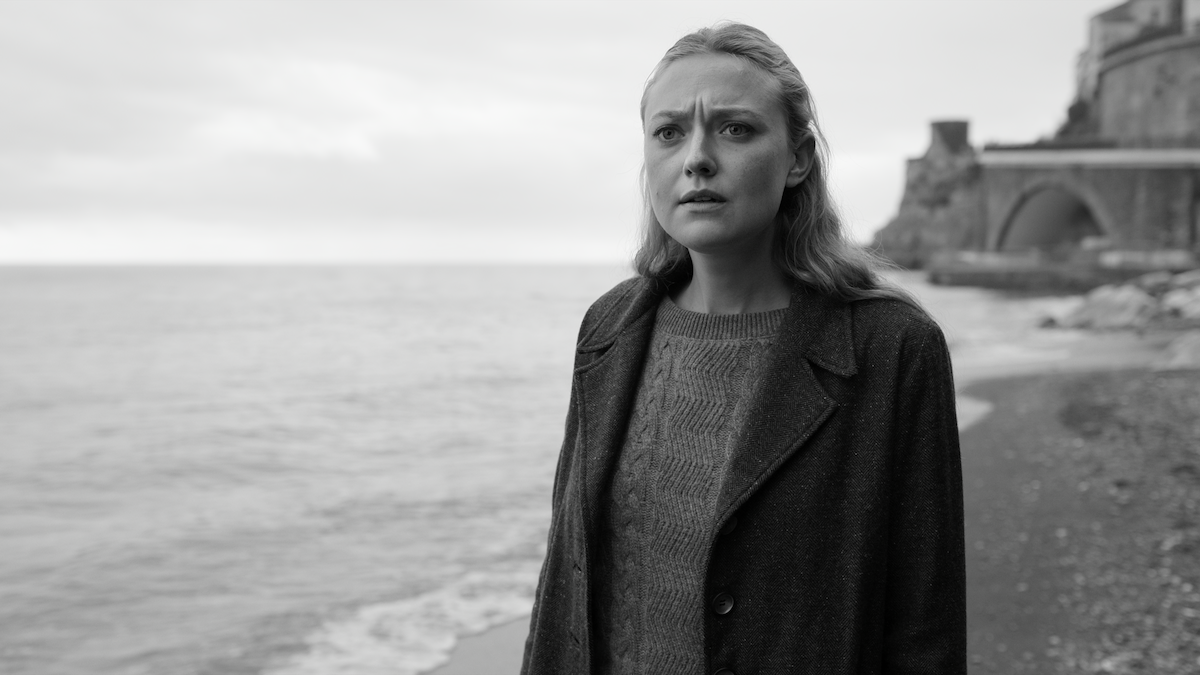
When they meet in Atrani, Marge is suspicious of Tom. She first thinks he’s taking advantage of Dickie and his father, and then she assumes his relationship with Dickie is even more sordid than that. But when Dickie goes missing, things change. She takes the rejection letter from “Dickie” at face value and believes Tom as he begins to spin the tale of Dickie’s tragic suicide. She even flirts with using the press’s excitement around Dickie’s disappearance to sell her book.
“I think we see her evolve to some form of acceptance and then slight opportunism,” Fanning tells Tudum. “ ‘If this is happening, and if this is what I’m being told is the truth and reality, then I guess I’m going to use it somehow to benefit me.’ I think that’s a Tom Ripley character trait that we sort of see budding and growing a little bit in Marge.”
Naturally, that puts Marge at odds with Tom. “They see something in each other,” Fanning continues. “Tom’s disgusted by Marge’s version of it, and Marge is disgusted by Tom’s version of it, but there’s something similar there.” Similarities aside, their relationship comes to a head when Tom considers pushing her into a Venice canal after spending an exhausting day with her. In the end, he decides not to, and the pair go their separate ways, free to live off — and perhaps profit from — the memory of Dickie in whatever way they see fit.

Art is omnipresent in Ripley — without even mentioning Dickie Greenleaf’s paintings, which Flynn describes as “really objectively bad.” The finale kicks off with a cold open both surprising and familiar to Ripley viewers: a Roman avenue and a dead body. The only catch? This murder took place more than 300 years before Tom Ripley hid Freddie Miles’ body on the Appian Way. Back then, the Roman police immediately fingered painter Caravaggio as the murderer, and we see Caravaggio seated with a glass of wine — before a hard match cut to Tom drives home the parallels between the two men.
“I started out by writing [Tom’s] interest in the beauty of the paintings, of the art, and then knowing that at a certain point, I would get into the story of Caravaggio,” Zaillian says, “because Caravaggio is another man who lived in Rome who murdered somebody and then was on the run for it for the rest of his life. That little parallel I thought was interesting.”
In the final moments of Ripley, the series flashes back again to Caravaggio, as Tom sits with his own glass of wine and admires a new Picasso hanging in his Venice apartment. (Highsmith readers will note that Tom later pursues a career in art forgery.) “I took a long time choosing what Picasso we were going to use,” Zaillian says. “I knew that I wanted a cubist painting and that cubism is all about deconstructing usually a human figure into parts so that we can somehow see them more clearly.”
This is, in essence, another way of describing Tom. “I felt like at the end to see these pieces of Tom and these different personas of Tom and these different identities that he assumed and these things he forged that we were actually seeing him fragmented, like the cubist painting that’s right in front of him,” Zaillian adds. Tom Ripley: con artist, emphasis on artist.
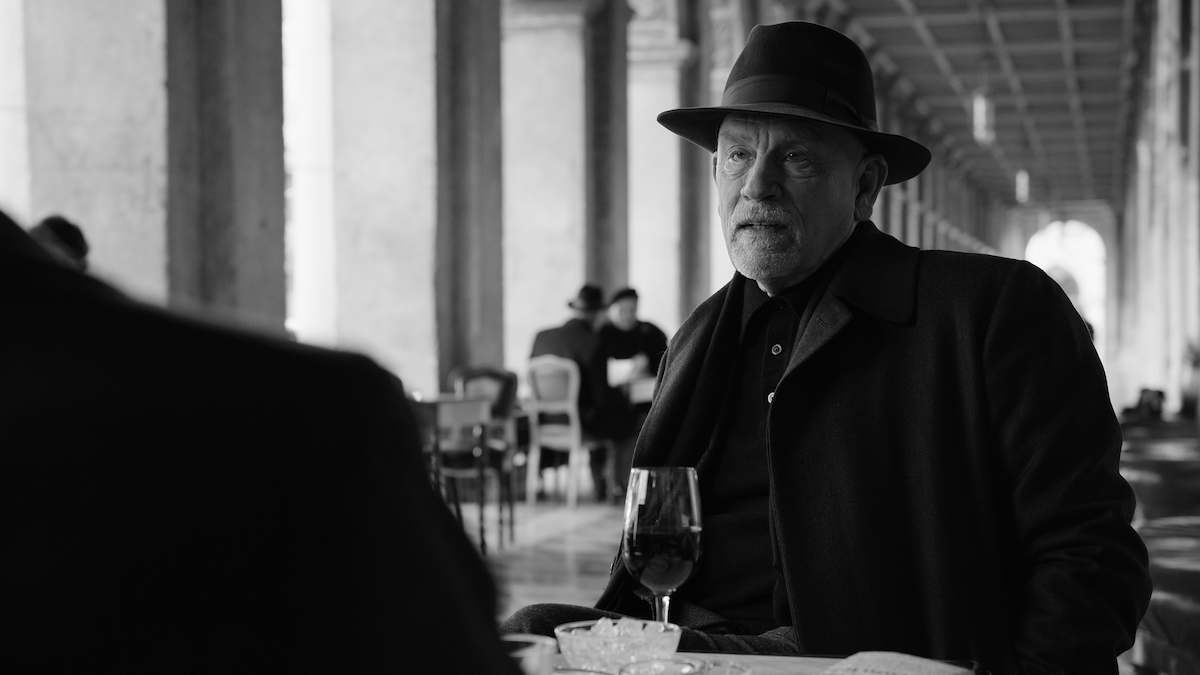
Oscar nominee John Malkovich makes a brief but crucial appearance in the last episode of Ripley, playing Reeves Minot, a fellow raconteur who shares Tom’s taste for wine and good company (and crime). “I thought, ‘Wouldn’t it be fun if John Malkovich would do this little part?’ ” Zaillian recalls. In an amusing twist, Malkovich played Ripley in the 2002 film Ripley’s Game (adapted from one of Zaillian’s favorite Highsmith novels). “The character doesn’t appear until the second Ripley book, but I thought it would be interesting to meet him in this first story and was delighted when John said yes,” Zaillian told Netflix.
As for those later novels: Like its source material, Ripley ends on a concise note, with Tom taking on the new identity of Timothy Fanshaw. But given the opportunity, Zaillian would love to continue to adapt the affectionately nicknamed “Ripliad.” “I think that the other books are good, and we see Tom in a lot of different ways as he grows up,” Zaillian says.
For Scott, those many different aspects of Ripley are the thrust of the series. “It’s about how any human being has both ends — you can do terrible things and want to do good things,” Scott said. “I think that’s why Tom Ripley is so fascinating. I love Tom.” Don’t we all.
Ripley is now streaming on Netflix.
